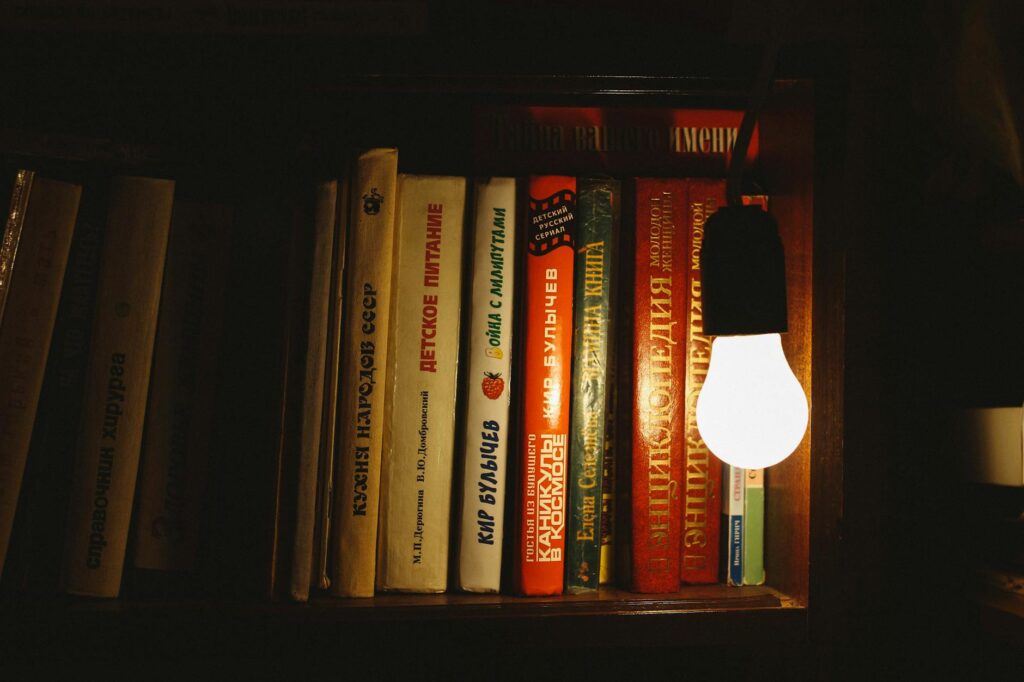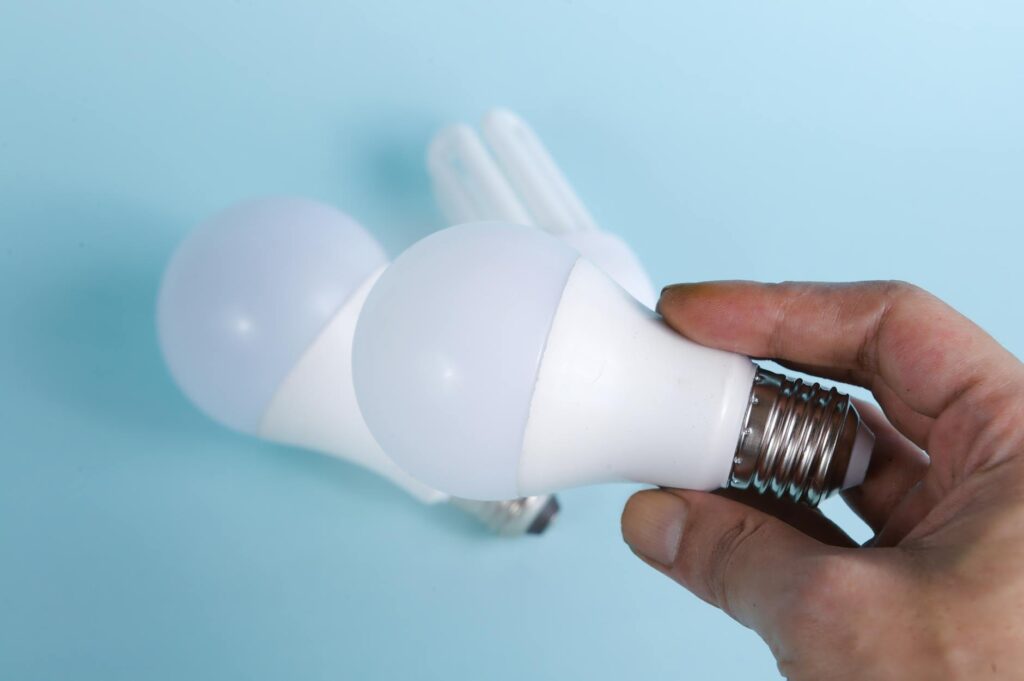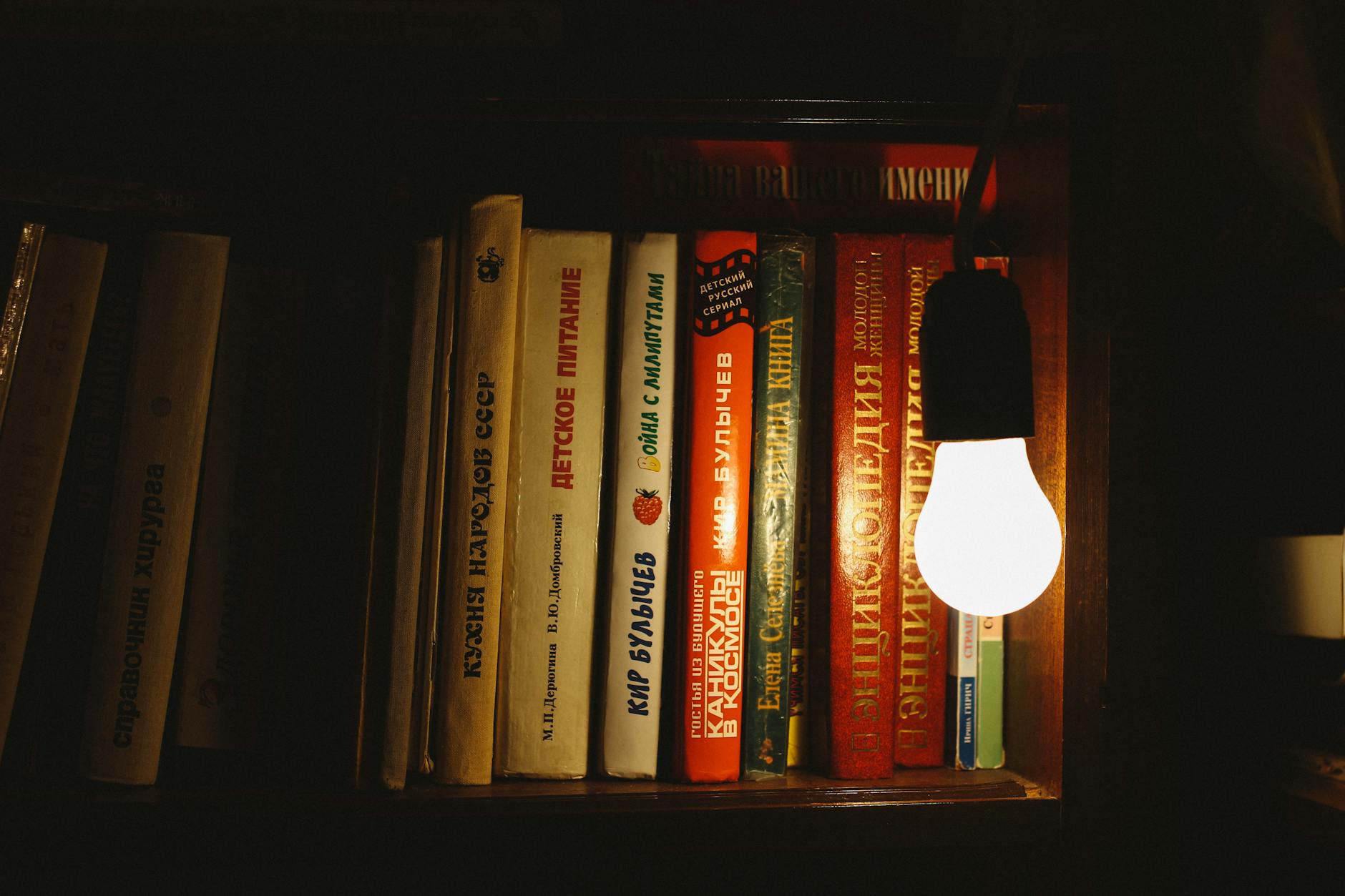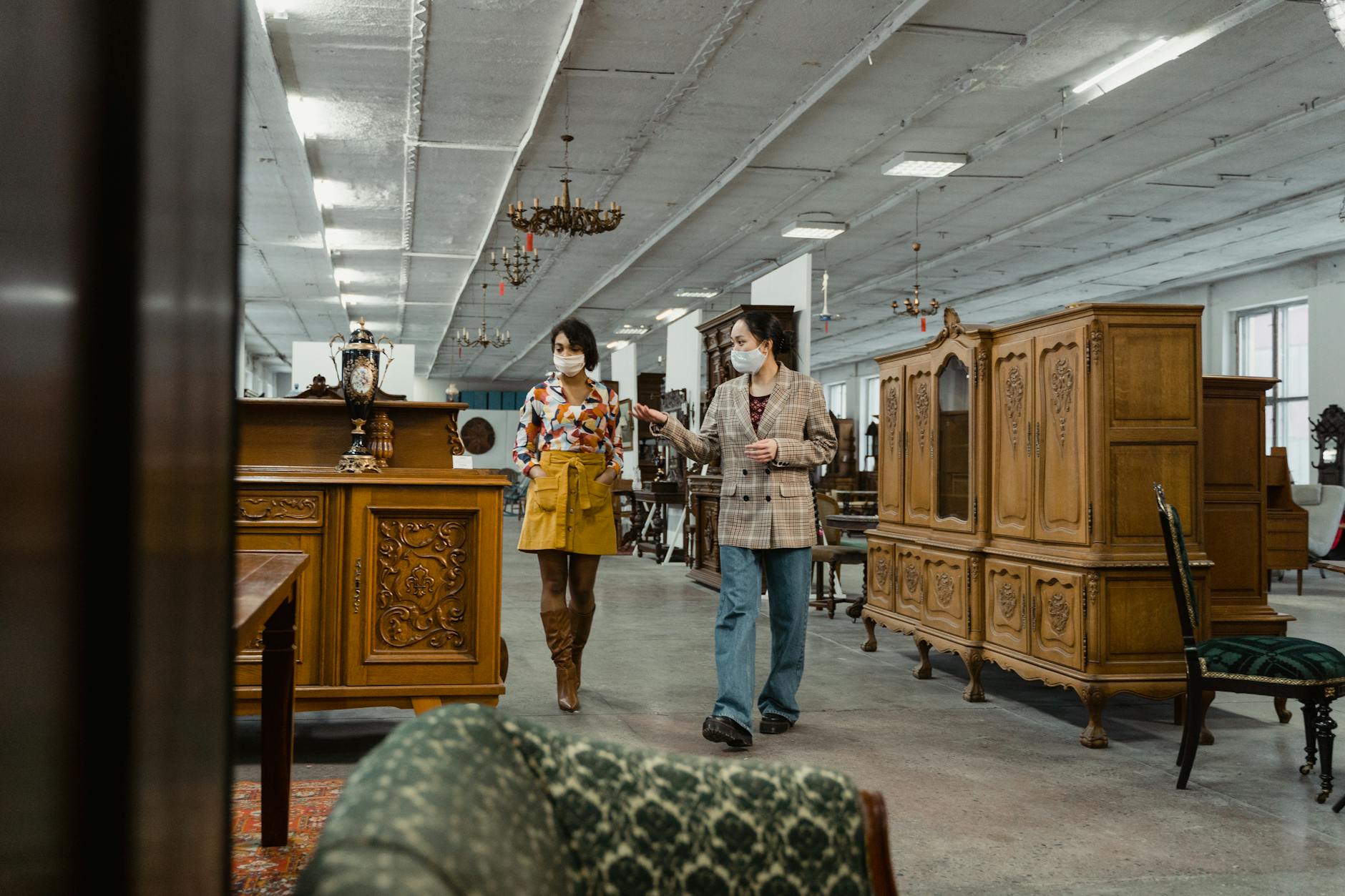Choosing the right LED bulb for your space can be confusing with so many options available. Among the myriad of choices, A19, BR30, and PAR38 LED bulbs stand out due to their unique characteristics and uses. Understanding the difference between these bulbs can help you select the perfect one for your lighting needs.
Introduction to LED Bulbs
LED bulbs have revolutionized home and commercial lighting with their energy efficiency, longevity, and versatility. They come in various shapes and sizes, each designed for specific applications. 
What is an A19 LED Bulb?
The A19 LED bulb is the most common bulb shape, similar in appearance to traditional incandescent bulbs. It’s primarily used for general lighting purposes in residential settings. A19 denotes the bulb’s shape and size, with ‘A’ standing for Arbitrary and ’19’ indicating the diameter in eighths of an inch. 
Understanding BR30 LED Bulbs
BR30 LEDs are bulged reflectors, 30 eighths of an inch in diameter, designed for directional lighting such as in track lighting or recessed can fixtures. They emit light in a wide beam angle, making them ideal for illuminating larger areas. 
The Purpose of PAR38 LED Bulbs
PAR38 LEDs are part of the Parabolic Aluminized Reflector series. With a diameter of 38 eighths of an inch, these bulbs are designed for precise lighting needs. They are often used in outdoor settings, retail spaces, and for spotlighting due to their focused beam of light. [IMAGE_4_HERE]
Energy Efficiency and Longevity
All three bulb types offer significant energy savings and a longer lifespan compared to traditional incandescent bulbs. This not only reduces the need for frequent replacements but also cuts down on energy costs.
Color Temperature and Brightness
LED bulbs, regardless of their shape, offer a range of color temperatures and brightness levels. This allows for customization according to the atmosphere and functionality required in the space. Learn more about color temperature.
Applications and Best Uses
Each bulb type has its best use scenario: A19s for general room lighting, BR30s for accent and task lighting, and PAR38s for outdoor and spotlighting. Choosing the right bulb depends on the specific needs of the area you’re lighting.
Cost Considerations
While LED bulbs are generally more expensive upfront, their long life and energy efficiency offer savings in the long run. The price difference between A19, BR30, and PAR38 largely depends on the brand, with special features such as dimmability or smart connectivity also affecting cost.
Conclusion
The choice between A19, BR30, and PAR38 LED bulbs ultimately depends on your lighting needs. By understanding the differences, you can make an informed decision that optimizes both function and energy efficiency in your space.
Frequently Asked Questions
What does ‘BR’ and ‘PAR’ stand for in LED bulbs? ‘BR’ stands for Bulged Reflector, and ‘PAR’ stands for Parabolic Aluminized Reflector. Both terms describe the bulb’s shape and reflector type.
Can I use a PAR38 bulb in a fixture designed for an A19 bulb? While it’s physically possible in some cases, it’s not recommended due to the difference in size and intended use which could lead to inefficient lighting or even damage to the fixture.
Are these LED bulb types dimmable? Yes, many models of A19, BR30, and PAR38 bulbs are dimmable, but it’s important to check the product specifications or consult with the manufacturer. Find out more about dimmable LEDs.
How do I choose the right color temperature for my LED bulb? Consider the atmosphere you want to create. Warmer temperatures (2000K-3000K) are ideal for cozy, relaxed settings, while cooler temperatures (3100K-5000K) are better for bright, alert environments. Read about choosing color temperatures.
Are LED bulbs recyclable? Yes, but not through regular waste services. Check with local waste management or a specialty recycling center for LED bulb disposal. Learn about recycling LED bulbs.




